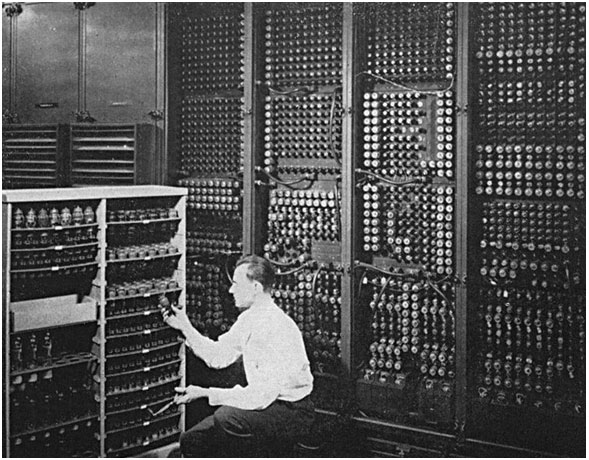The idea of integrating electronic circuits into a single device was fascinating and the first known integrated transistor amplifier was developed in 1949 by the German physicist and engineer Werner Jacobi. Between 1950 and 1957 many similar chips were designed where several transistors could share a common active area, but there was no electrical isolation to separate them from each other. Till now the idea of integrated circuits could not be implemented by the industry, until a breakthrough came, in late 1958. Jack Kilby of Texas Instruments, an American electrical engineer patented the principle of integration, created the prototype ICs and commercialized them. Kilby’s invention was a hybrid integrated circuit, rather than a monolithically integrated circuit chip.
In 1959, Kurt Lehovec developed a way to electrically isolate components on a semiconductor crystal, using p-n junction isolation. Robert Noyce invented a way to connect the IC components and proposed an improved version of insulation and patented the first monolithic IC chip. In 1960, using the idea of Noyce, a group of Jay Lasts of Fairchild Semiconductor created the first operational semiconductor IC. A patent war was started between Fairchild Semiconductor and Texas Instruments which was settled in 1966 by the agreement on cross-licensing.
There is no consensus on who invented IC. The American press of the 1960s named four people for the invention of IC – Kilby, Lehovec, Noyce, and Hoerni. But in 1970 they shortened the list to Kilby and Noyce. In 2000, Nobel Prize in physics was given to Kilby for his part in the invention of the integrated circuits. At the end of the 2000s, some Historians’s reinstated the idea of multiple IC inventors and then revised the contribution of Kilby and state that Modern IC chips are based on Noyce’s monolithic IC, rather than Kilby’s hybrid IC.
